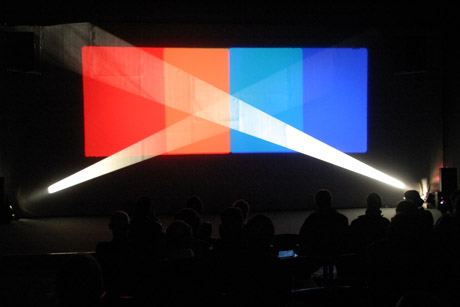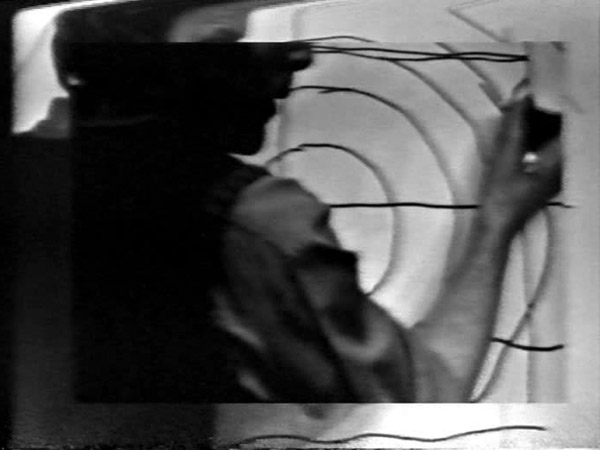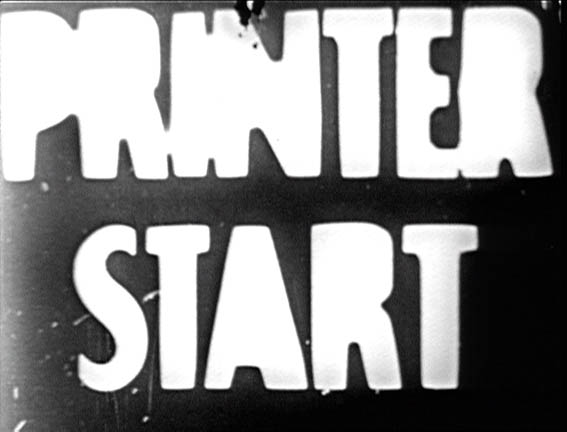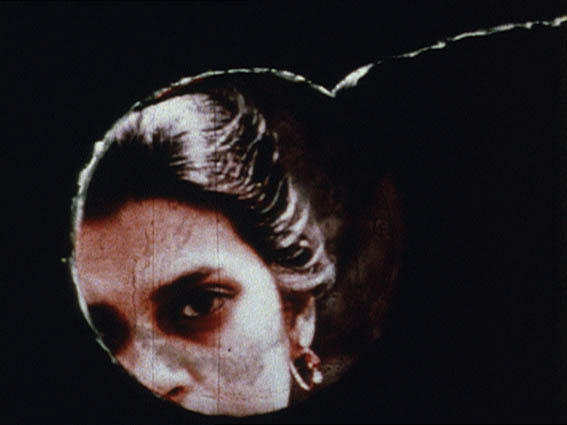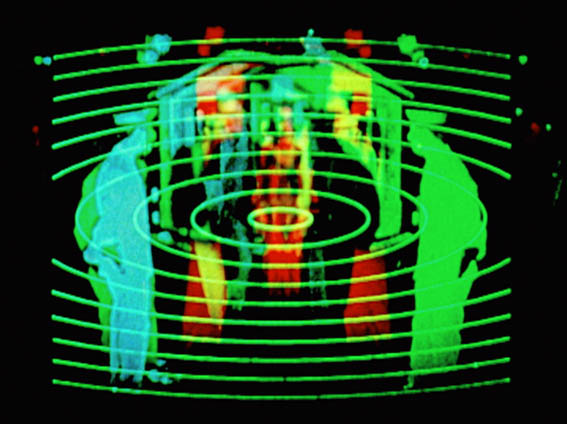Light Reading: Peter Cusack & Angela Impey
PETER CUSACK & ANGELA IMPEY
London Kingsgate Gallery
Wednesday 29 November 2006, at 7pm
Light Reading Series 5: Peter Cusack & Angela Impey
Based in London, Peter Cusack works as a sound artist, musician and environmental recordist with a special interest in environmental sound and acoustic ecology. Projects move from community arts to research into the contribution of sound to our senses of place, to recordings that document areas of special sonic interest, e.g. Lake Baikal, Siberia, Xinjang China's most western province. In 2005 Peter was involved in 'Sound & the City' the British Council sound art project in Beijing. His current project 'Sounds From Dangerous Places' examines the soundscapes of sites of major environmental damage, e.g. Chernobyl, the Azerbaijan oil fields, and controversial dams in south-eastern Turkey. He initiated 'Your Favourite London Sound' a project that aims to discover what Londoners find positive in their city's soundscape, an idea that has been repeated in other world cities including Beijing and Chicago. Peter also produces 'Vermilion Sounds' a monthly environmental sound program on Resonance FM and lectures on 'Sound Arts & Design' at the London College of Communication. He was recently appointed research fellow on the Engineering & Physical Sciences Research Council's multidisciplinary 'Positive Soundscapes Project'. As a musician, he tours regularly at home and abroad. Available recordings include ‘Where is the Green Parrot?’, ‘Your Favourite London Sounds’ and ‘Baikal Ice’.
Angela Impey has a doctorate in Anthropology/Ethnomusicology from Indiana University (Bloomington). She has worked in community arts and education in various countries in southern Africa, and lectured Ethnomusicology at the University of KwaZulu Natal (SA) for many years. Her research, which was located in the borderlands of South Africa, Mozambique and Swaziland, explored ways in which sound and the affects of music making may contribute critical cultural insights to current perspectives in development, particularly as they pertain to land, gender and natural resource management. Angela has recently relocated to London and is working on various environmental development projects in the Eastern Nile Region of Ethiopia and Sudan as a social development consultant.
Light Reading is an on-going series of critical dialogues that engage artists, writers and curators in conversation around a selected artist’s body of work. The series will resume in January 2007. To be included on the mailing list please contact courses@nowhere-lab.org
at
Kingsgate Gallery
110-116 Kingsgate Road, West Hampstead, London NW6
Nearest Tube / Train: West Hampstead
MAP OF AREA
Tickets: £4 door / £3 advance
Telephone: 020 7372 3925
Email: courses@nowhere-lab.org
Booking is essential for this event, as places are limited.
www.nowhere-lab.org
London Kingsgate Gallery
Wednesday 29 November 2006, at 7pm
Light Reading Series 5: Peter Cusack & Angela Impey
Based in London, Peter Cusack works as a sound artist, musician and environmental recordist with a special interest in environmental sound and acoustic ecology. Projects move from community arts to research into the contribution of sound to our senses of place, to recordings that document areas of special sonic interest, e.g. Lake Baikal, Siberia, Xinjang China's most western province. In 2005 Peter was involved in 'Sound & the City' the British Council sound art project in Beijing. His current project 'Sounds From Dangerous Places' examines the soundscapes of sites of major environmental damage, e.g. Chernobyl, the Azerbaijan oil fields, and controversial dams in south-eastern Turkey. He initiated 'Your Favourite London Sound' a project that aims to discover what Londoners find positive in their city's soundscape, an idea that has been repeated in other world cities including Beijing and Chicago. Peter also produces 'Vermilion Sounds' a monthly environmental sound program on Resonance FM and lectures on 'Sound Arts & Design' at the London College of Communication. He was recently appointed research fellow on the Engineering & Physical Sciences Research Council's multidisciplinary 'Positive Soundscapes Project'. As a musician, he tours regularly at home and abroad. Available recordings include ‘Where is the Green Parrot?’, ‘Your Favourite London Sounds’ and ‘Baikal Ice’.
Angela Impey has a doctorate in Anthropology/Ethnomusicology from Indiana University (Bloomington). She has worked in community arts and education in various countries in southern Africa, and lectured Ethnomusicology at the University of KwaZulu Natal (SA) for many years. Her research, which was located in the borderlands of South Africa, Mozambique and Swaziland, explored ways in which sound and the affects of music making may contribute critical cultural insights to current perspectives in development, particularly as they pertain to land, gender and natural resource management. Angela has recently relocated to London and is working on various environmental development projects in the Eastern Nile Region of Ethiopia and Sudan as a social development consultant.
Light Reading is an on-going series of critical dialogues that engage artists, writers and curators in conversation around a selected artist’s body of work. The series will resume in January 2007. To be included on the mailing list please contact courses@nowhere-lab.org
at
Kingsgate Gallery
110-116 Kingsgate Road, West Hampstead, London NW6
Nearest Tube / Train: West Hampstead
MAP OF AREA
Tickets: £4 door / £3 advance
Telephone: 020 7372 3925
Email: courses@nowhere-lab.org
Booking is essential for this event, as places are limited.
www.nowhere-lab.org
